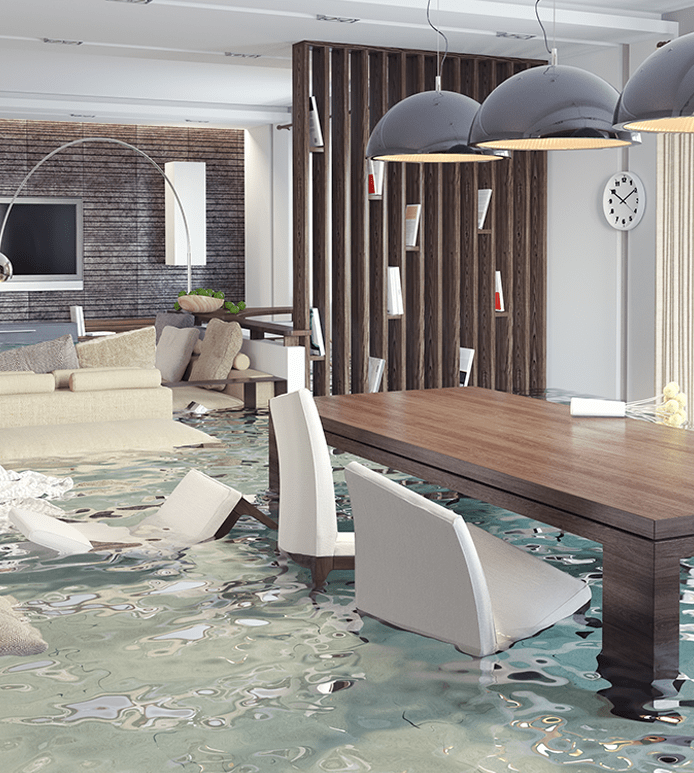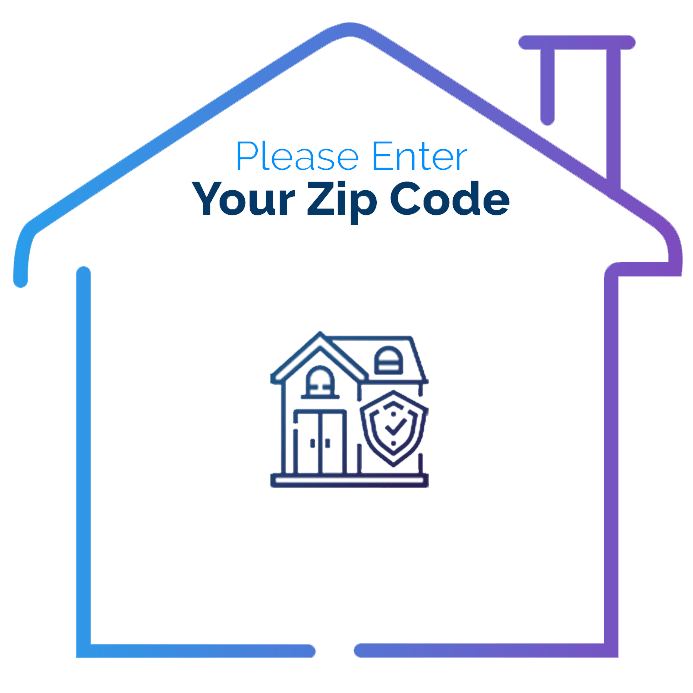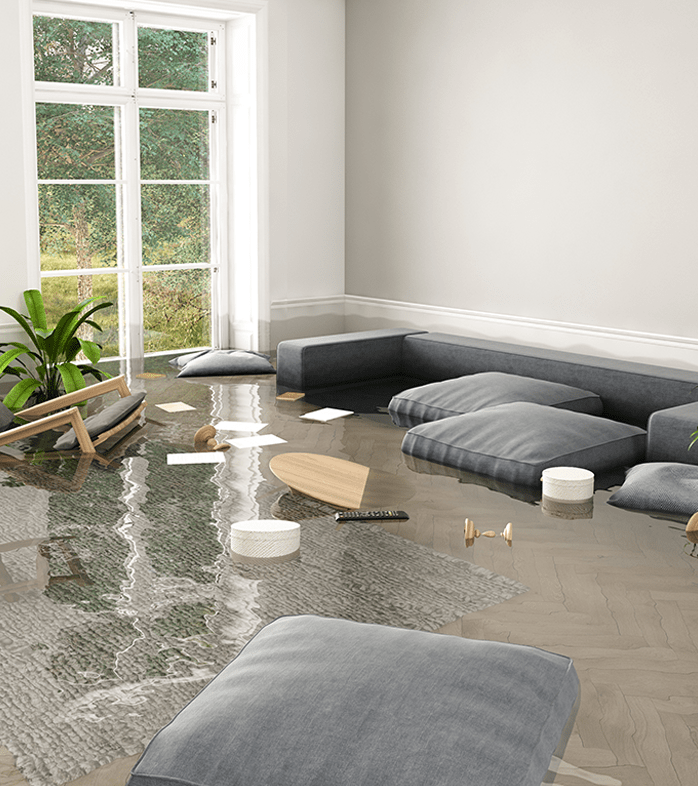
Benefits of Flood Insurance
Flood Insurance is a type of insurance that is designed to cover homeowners and business owners against water damages, specifically due to flooding. This includes types of flooding that is caused by storm surge, heavy rainfall, prolonged rain, and melting of snow.
The Federal National Flood Insurance Program is a program that was created by the Federal Government of the United States that offers flood insurance to its participating communities. Besides, the National Flood Insurance Program (NFIP) also offers its program to the structure owners that are located on NFIP designated floodplains.
The designated floodplains include high-risk flood zones that are required to have Flood Insurance. Having Flood Insurance could give you peace of mind in case a disaster happens. This insurance could protect the insured against financial losses due to the said disaster.
How Flood Insurance Works?
A standard homeowners' policy does not cover damages that are due to floodwaters. In this case, a homeowner who is prone to this disaster should acquire special coverage to cover his/her property in case of a disaster surcharge. Flood Insurance works like any other insurances; the insured will have to pay its annual premium and the deductible rate the policyholder chooses.
For example, flood insurance can only cover a residential structure up to the maximum limit of $250,000 and $100,000 on its contents. Furthermore, for a business structure, up to the maximum limit of $500,000 and $250,000 on its contents. If the policyholder files a claim, the insured will receive cash for the repair cost of the damages, up to the policy limits of the insured. However, this insurance will only take effect after 30 days of its purchase date.
How Does Flood Insurance Deductibles Work?
A proposed insured can choose a deductible s/he wants. However, the deductible rate on flood insurance is different from homeowners and car insurance policy. In Flood Insurance, it is normal for the proposed insured to select a different deductible rate for dwelling property and personal property limits. The deductible rate will apply separately to the dwelling and personal property claims.


How Does Flood Insurance Claim Payment Works For Dwelling Properties (Building Structure)?
- Flood Insurance Dwelling Limit Of The Policyholder
- Deductible Rate For The Dwelling The Insured Chooses
- Cost Of Covered Damages Of The Dwelling
- The Claim Payment For Dwelling Damages Would Be
- $200,000
- $5,000
- $39,000
- $34,000
Claim Payments Computation
The cost of covered damages minus the policyholder's deductible rate, up to the insured's policy limits. ($34,000)
Coverage Of Flood Insurance
Dwelling coverage can cover the insured for the cost of covered damages to its dwelling, up to the policyholder's dwelling limits, minus the deductible.
What Are The Properties Covered On Dwelling Coverage?
- The dwelling of the insured and its foundation.
- Plumbing and electrical system.
- Furnaces, water heaters, and central air conditioning.
- Built-in appliances
- Built-in furniture (cabinet, bookcases, wallboard, etc.)
- Debris Removal
Flood insurance has coverage for the other structures of the policyholder, which is up to 10% of the dwelling limit of the policy. Examples of other structures are gazebo and detached garages.
Flood Insurance has Personal Property Coverage that can cover the insured against property damages that are due to flooding. However, coverage will only be applicable up to the policyholder's personal property limits minus its personal property deductible rate.
What Are The Properties Covered On Personal Property Coverage?
- Dryers and washers
- Window air conditioners
- Curtains
- Carpets
- Clothes
- Certain Valuable Items (up to $2500 limit)

In the year 2019, the month of February, a heavy rain surge in Northern California causes the nearby rivers to overflow. Guerneville, in Sonoma County, reaches 46 feet water height, which is 14 feet above the flood stage. A mandatory evacuation was ordered on thousands of people who are leaving over 20 communities near the river. Furthermore, the local authorities close the roads due to a high risk of mudflow, which can cause the motorist's accident.
After the flood subsides, it is recorded that the flood results in a million dollars of casualty, including the damages to the commercial and residential structures. With these damages, some people are unable to cope up with the cost of the repair, for the damages to their houses. Therefore, having Flood Insurance could help minimize the risk of financial loss in case of a flood surcharge.
Here at InsureHopper, our affiliated insurance agents can help you find affordable Flood Insurance that will be based on the risk of the proposed insured's location.
